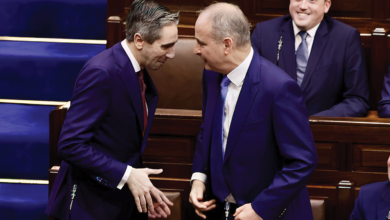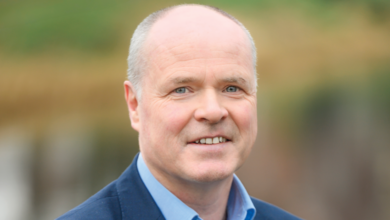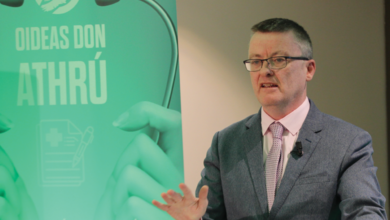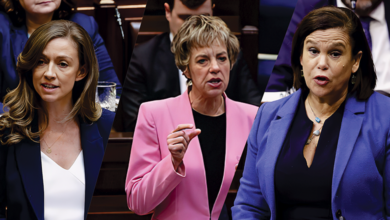
A new macroeconomic model for Northern Ireland can be used to analyse the potential impact of economic shocks and opportunities, writes Adele Bergin, Associate Research Professor at the Economic and Social Research Institute (ESRI).
 The ESRI and the National Institute of Economic and Social Research (NIESR), supported by Ibec, have developed a new macroeconomic model for Northern Ireland and the all-island economy.
The ESRI and the National Institute of Economic and Social Research (NIESR), supported by Ibec, have developed a new macroeconomic model for Northern Ireland and the all-island economy.
Macroeconomic models are useful tools that help us to understand the structure and dynamics of economies. As such, this new modelling framework allows for the examination of the effects of economic policies, shocks, and opportunities – both emanating from inside Northern Ireland and outside – on Northern Ireland, Ireland, the all-island economy, the UK, and the international economy.
“The development of the model represents an important step forward in our understanding of the dynamics of the Northern Ireland economy and its linkages to the all-island [economy]…”
More generally, these exercises contribute to our wider understanding and knowledge of how the Northern Ireland economy functions. This capacity is further strengthened by the model’s compatibility with ESRI and NISER’s models. It provides a more joined-up framework that enhances the capacity to consider economic shocks and policy choices.
A full macro-economic model is built in a flexible framework which means it can be used to address a whole range of policy questions and other types of shocks. It therefore represents a key tool in both capturing the impacts of current changes in policy and modelling the implications of future scenarios that could occur.
A particularly important aspect of the work is that we now have a framework that allows us to quantify the impacts on the all-island economy of shocks or policy changes emanating from Ireland – north or south.
Scenarios
To demonstrate some of the capacities of the new Northern Ireland macroeconomic model, a recent report considers a range of policy shocks and other external shocks. These ‘what if’ scenarios are intended to illustrate the impact of different types of shocks on the Northern Ireland economy; they are not intended as policy recommendations or projections. This includes three specific scenarios
1. In Northern Ireland, one hypothetical scenario – that is consistent with advocates of increased devolution – envisages increased income tax rates and the Northern Ireland Executive receiving the revenue and using it for additional government spending and/or investment.
In both instances, the overall impact on the level of Northern Irish output is positive but the impact is stronger and permanent in the case of higher government investment.
The simulation results suggest that increased government spending leads to an increase (or ‘crowding-in’) of private sector investment which can enhance productivity.
Higher investment has a stronger and permanent impact on the economy compared to higher spending. This highlights the importance of how revenue is spent.
2. Another scenario examines a monetary policy shock, specifically an increase in the Bank of England interest rate. The simulation results suggest that the Northern Ireland economy is less sensitive to interest rate changes than the wider UK.
3. The report also considers spillover effects from stronger growth in the Irish economy on the Northern Ireland economy and the impact on the all-island economy, focusing on positive shocks to Irish consumption and exports. The simulations reveal positive impacts in both cases on the Northern Ireland economy.
Economic projections
The modelling framework can be also used to generate a baseline projection over the medium term. GDP growth in Northern Ireland is expected to average around 1.2 per cent per annum over the medium term, similar to its longer-term historical trend, although it is expected to be somewhat higher in the short term.
The challenge of relatively low productivity in Northern Ireland must be addressed through sustained productivity-enhancing investment to improve long-term economic prospects and living standards. With growth in Ireland expected to moderate in the coming years from previous extraordinarily high rates, our projections are for growth in the all-island economy to average around 2.2 per cent per annum over the medium-term.
The development of the model represents an important step forward in our understanding of the dynamics of the Northern Ireland economy and its linkages to the all-island, UK, and international economies. The model represents a key asset that can be used for informing policy changes in Northern Ireland going forward.





